The Virginia dayflower looks very similar to both the introduced (and for some locations invasive) species, but this one is native. It also hints at another closely related genus, Tradescantia, the spiderworts, which many people likely have in their gardens. Both are members of Commelinaceae, also known as the dayflower family. This particular species has blue flowers that somewhat resemble Mickey Mouse ears, but in reverse. There are two large petals and a third slightly smaller.
This isn’t as obvious as in another near-native close relative, Commelina erecta, aka the whitemouth dayflower. In that species, the third smaller petal is white. That one reminds me of another mouse character, better known in Germany than stateside – that of Diddl Maus.
Commelina is named after the Jan and Caspar Commelijn, famous uncle and nephew Dutch botanists. They are each represented by one of the two main petals.
Find Virginia dayflower in the wild
This is a woodland species that prefers bottomlands, streambanks, even standing water.
Commelina virginica grows in wet places, especially along swamps, rivers, and […] along stream banks. It flowers from mid-summer and on into fall, growing in the southeastern quadrant of the United States as far west as Texas, Oklahoma, and Kansas, and as far north as Illinois, Indiana and Ohio. It was historically present in Pennsylvania, but it is reported as being extirpated in that state. (Source)
Let’s bring this species back to PA. While I’m sure that development and habitat loss contributed largely to its extirpation from the state, deer likely played a role as well. You will want to keep this plant protected or sprayed with a deer repellant. Eventually this will spread via rhizome, the only species of Commelina that does this. You can test to see how the deer do with any of the offsets while keeping the original protected. In the main photo, you can see that I have protected the crown and bottom portion of the stem by planting it among rocks. This way, if I cannot get to the plant to spray it before the repellant wears off and the deer find and taste it, they cannot destroy it entirely. By that point, my hope is that it would have also begun to spread via rhizome and will pop out in other gaps among the rocks.
Grow Virginia dayflower in your garden
While not much is written about growing this species in cultivation, the habitat notes are a good hint as to what it likes. My experience is that while it prefers to grow in wet locations, it can tolerate medium/moist soils. Indeed, despite the fact that the vernal creek in the woods is somewhat dry, the plants I added to it are doing fine. Try any location where the soil doesn’t completely dry out, like a shady, damp corner.
It will tell you if it needs watering. The leaves become droopy instead of sticking straight out as in the photos.
This species tolerates all manner of light as well, though if you grow it in sun, it absolutely must remain moist. You will notice very quickly if the plant has too much sun and not enough water. Otherwise, in part sun to shade, the soil does not need to remain wet, as long as the roots are cool.
The amount of moisture it gets seems to strongly correlate with its habit. The ones I’ve seen photographed in standing water stand fully erect (upright). Other photos where it is a flowerbed, the habit can be more prostrate, falling over and hugging the ground a bit before the flowering tip shoots up. It is possible it may root along the leaf nodes. I have seen aerial roots near the base, where the will also send out additional stems.
I’ve read that in some cases it can take over a bit if grown in cultivation. That’s great. This plant is now extirpated in the state. If birds can eat the seed and help reseed it, maybe we can start to spread this to other areas. Share it with other people! Most people are only familiar with the Asiatic weed, and there isn’t much on this online. Let’s add some new native plants to people’s garden palettes. I planted tons throughout my property hoping it will become established.
Judgy Judy says…
This doesn’t look like any weeds she’s seen. It has non-threatening smooth leaves and pretty blue flowers. If anything it reminds her of spiderworts. This one should be safe with HOA.



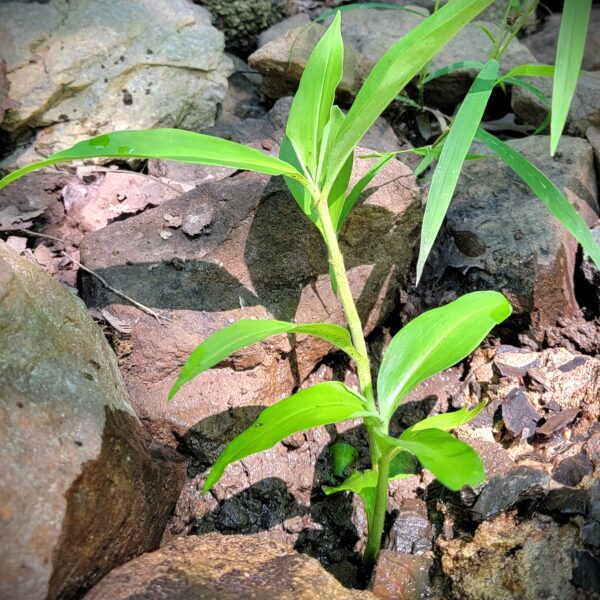



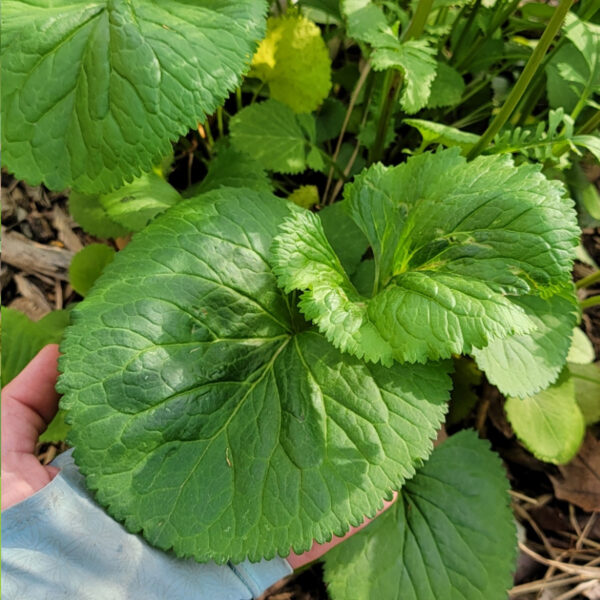
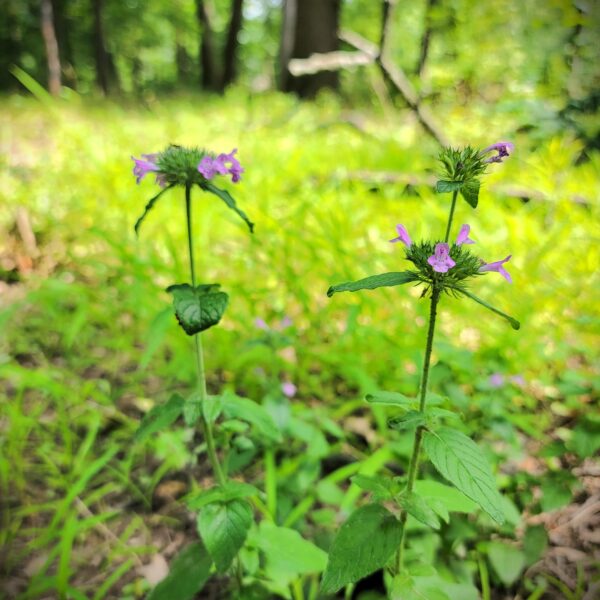
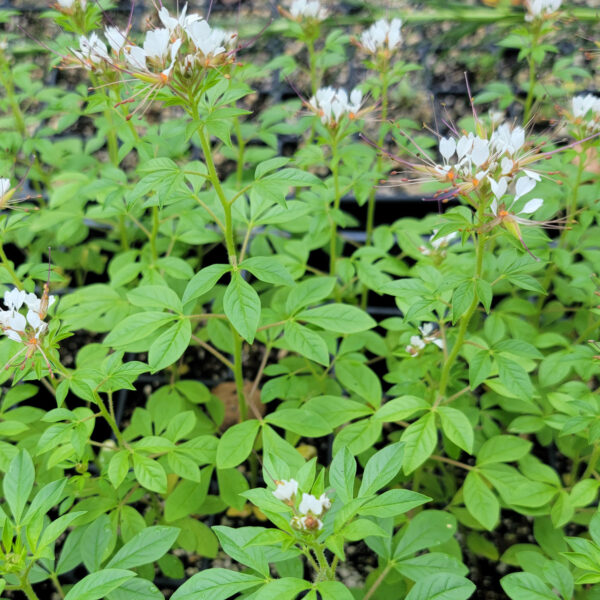



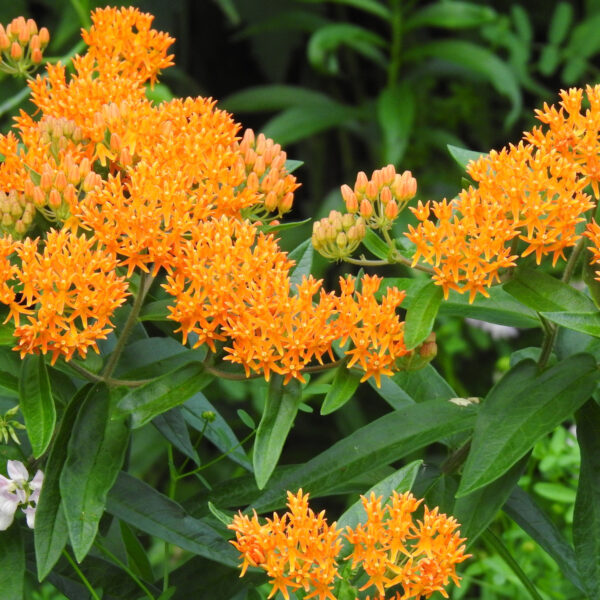


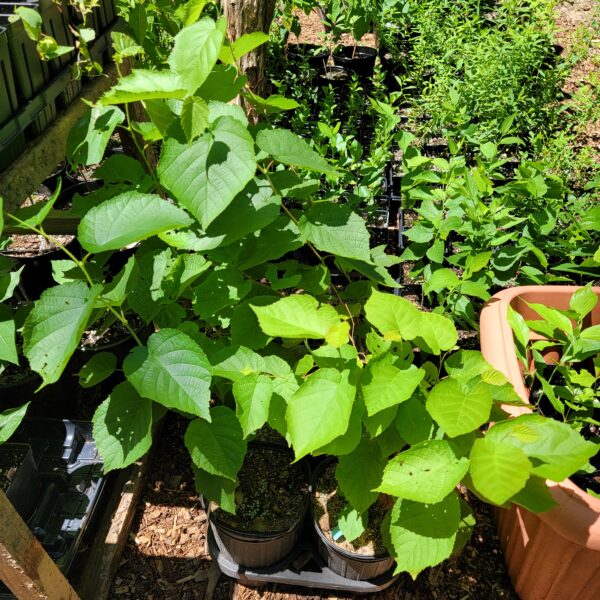

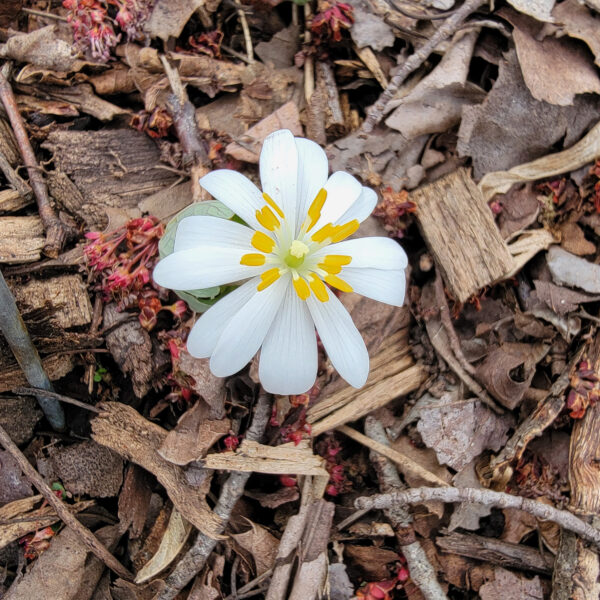

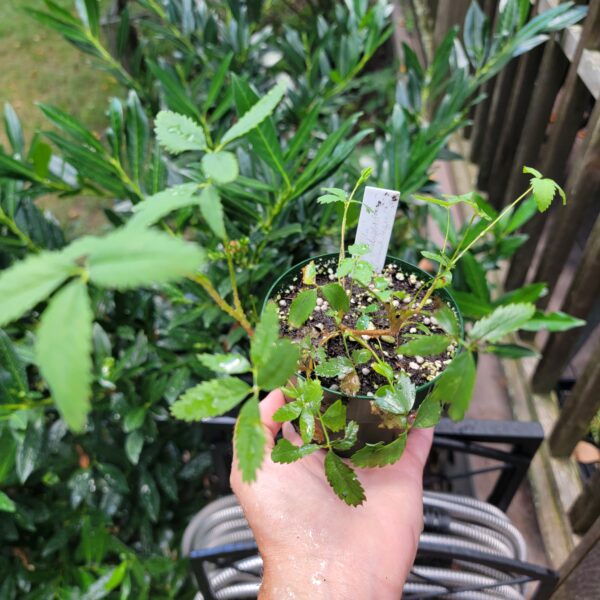


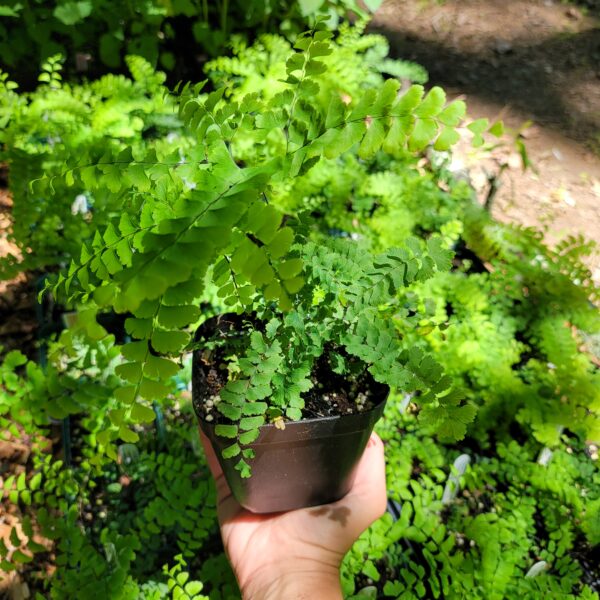

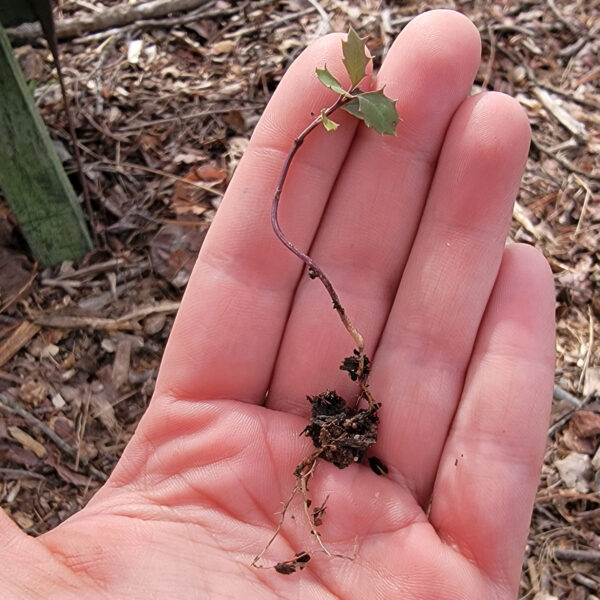

Reviews
There are no reviews yet.